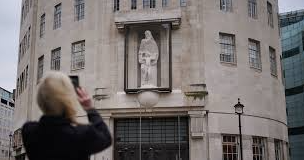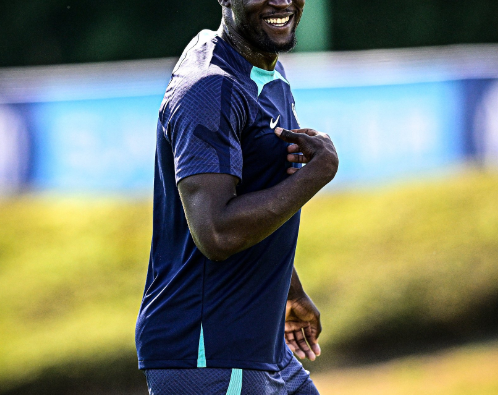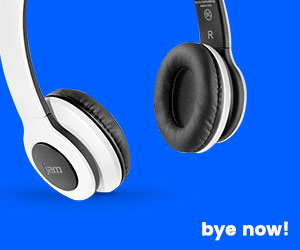
From a Dominant Force to Crisis: How Transfer Errors and Injuries Have Undermined Guardiola’s Squad
Manchester City’s recent struggles, including their catastrophic 3-3 draw against Feyenoord after a 3-0 lead, are not merely the result of a few bad games. The root causes of their downfall stretch back over the past 18 months, with recruitment blunders and key injuries gradually eroding the team’s dominance. As Richard Jolly analyses, the issues at City go far deeper than recent performances.
A key problem was the loss of Ilkay Gundogan, who had been a crucial part of their treble-winning side. While Gundogan’s departure wasn’t disastrous in itself, his absence left a noticeable gap, particularly in midfield. Even though City managed to hold off challenges for a while, their inability to replace him with a similar calibre of player became evident as the season progressed. This left City vulnerable, particularly after the departure of Rodri’s main back-up and Gundogan’s return to Barcelona.
Another critical factor was the club’s failure to recruit wisely in the last two summer windows. Despite a successful transfer of key players such as Josko Gvardiol, there were noticeable gaps. City’s failure to sign a true holding midfielder in the wake of Rodri’s injuries, and the continued reliance on an injury-prone squad, has left them exposed. Their defensive midfield was left to fill a vacuum with Mateo Kovacic, a talented but not defensively minded player, and a rookie centre-back, Jahmai Simpson-Pusey, who was thrust into action against Feyenoord.
Moreover, the continued absence of a reliable second striker, alongside a lack of attacking midfield creativity, further amplified the team’s vulnerability. The departures of key players like Cole Palmer, who could have been groomed as the long-term replacement for Kevin De Bruyne, have been felt, especially at a time when Erling Haaland is struggling to shoulder the entire attacking burden.
In terms of their attacking options, recent signings like Jeremy Doku and Savinho bring flair but lack the consistency and goal-scoring prowess of previous players like Riyad Mahrez, whose absence is keenly felt. City’s overreliance on one or two key players, especially in defensive positions, and the absence of a comprehensive squad depth plan, has started to expose them to serious vulnerabilities.
Even at the back, players like Kyle Walker, once a mainstay, now face uncertain futures. Guardiola’s loyalty to his veterans and preference for a small squad have perhaps contributed to a lack of competition for places, leading to a loss of form and increasing injury issues. The defensive frailties have only deepened as key players, including John Stones and Jack Grealish, have struggled with injuries.
Ultimately, Manchester City’s inability to replace their departed stars with sufficient quality, coupled with an aging and injury-prone squad, has left them vulnerable. With Guardiola’s tactical acumen still at the heart of the team’s efforts, City’s current predicament is a stark reminder of the importance of strategic long-term planning and depth in maintaining dominance at the top level.









